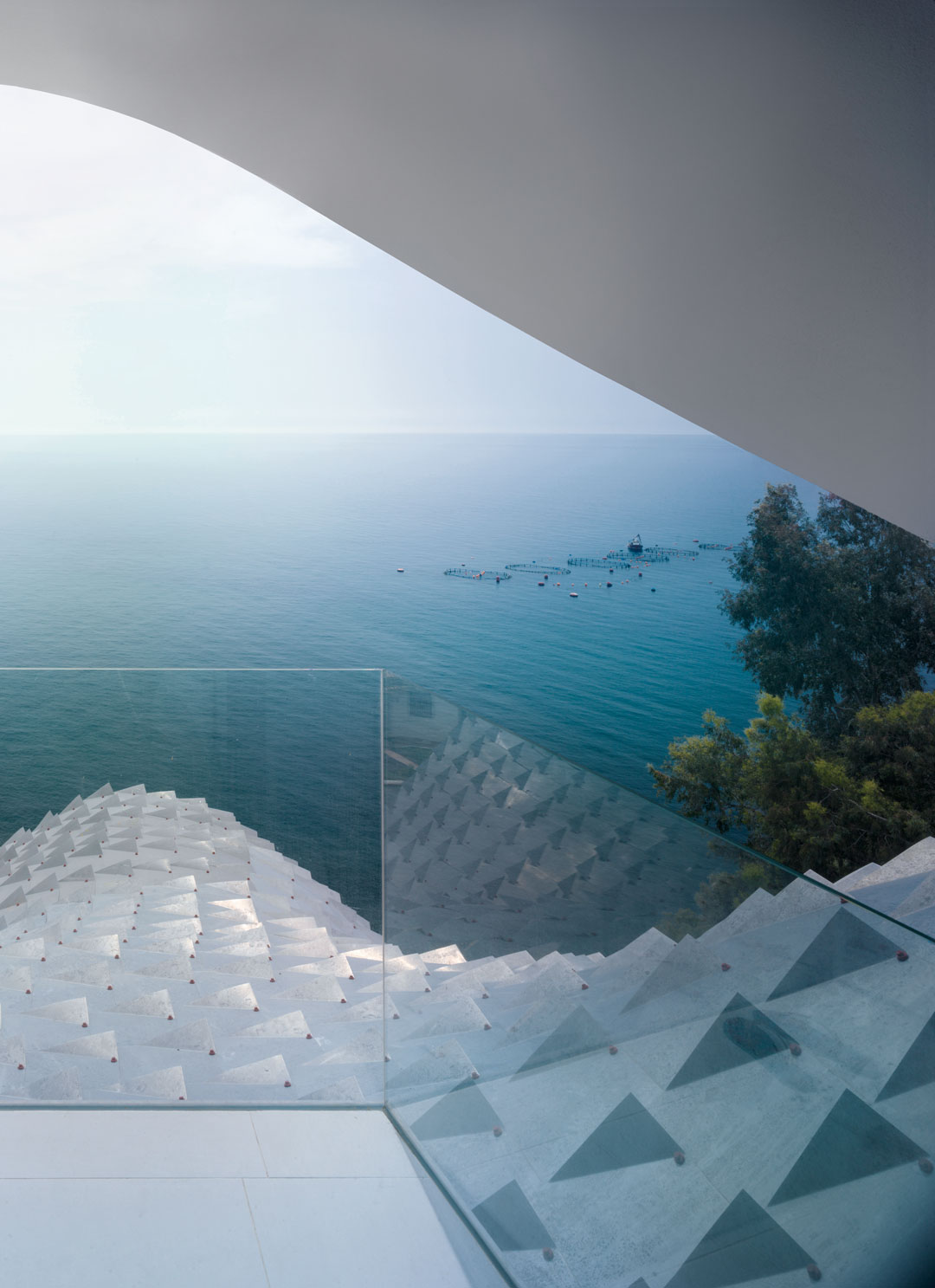
6 Beautiful beach houses to admire this summer
Wherever you end up during your time off we hope it’s as striking as these wonderful waterside retreats
Heading to the coast this summer? Then keep an eye on the real estate. Our books Houses: Extraordinary Living, Living on Water and California Captured feature some of the best beach houses ever built. Here are a few to watch out for on your summer travels.
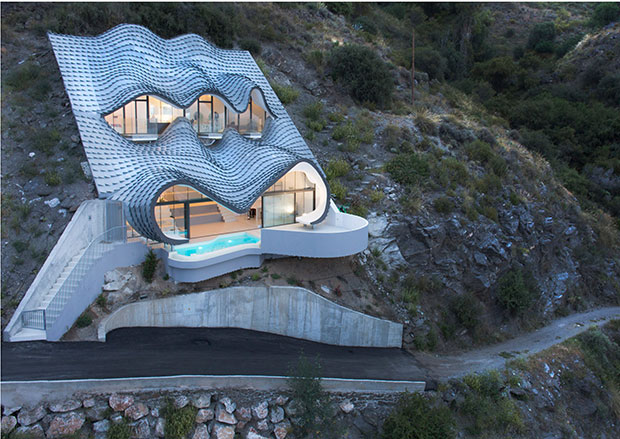
The House on the Cliff, near Granada, Spain, by GilBartolomé Architects It might be perched on a vertiginous patch of land, right beside the Mediterranean, but this beautiful, steep dwelling finds clever ways to cater for all kind of social and domestic functions. “The main living space can be reconfigured into an auditorium, able to seat seventy or — in a pinch — even more people for larger parties,” explains our book Houses. “Events can also spill over onto the generous terrace, replete with a pool and astonishing views along the coast and toward the sea.”
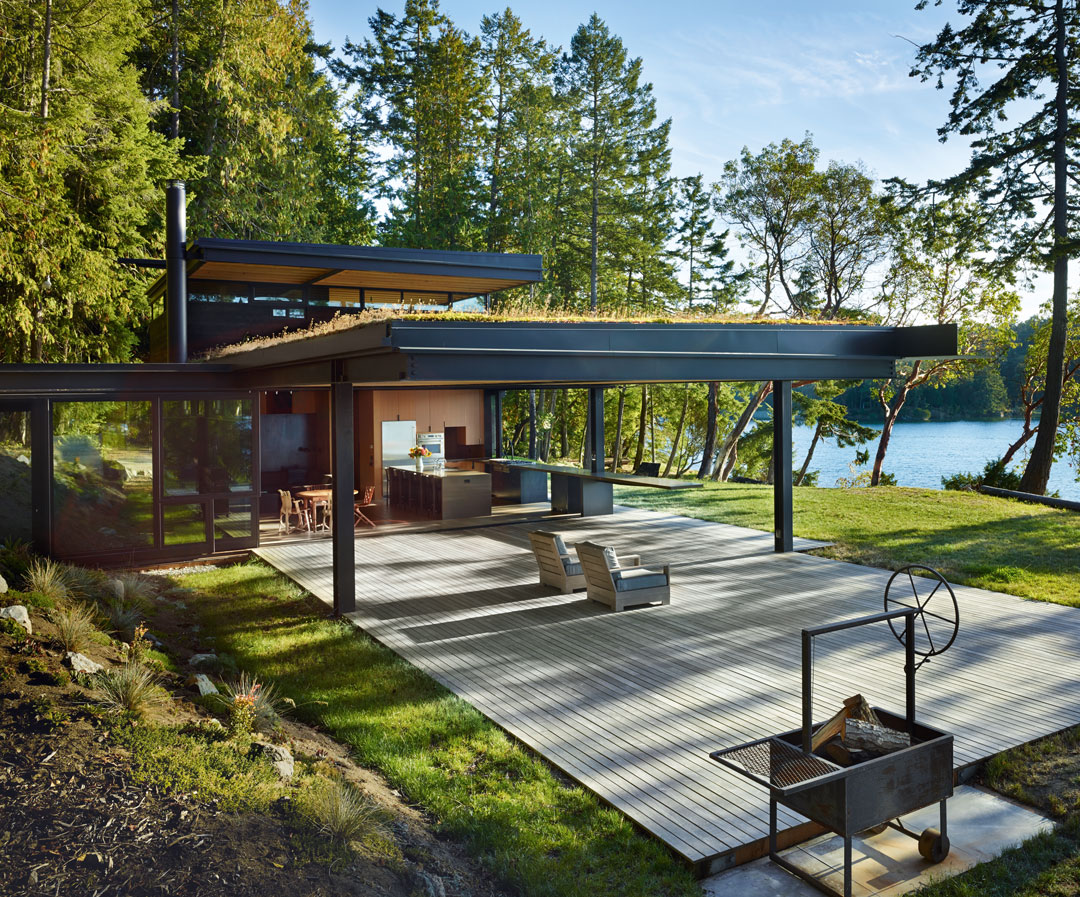
Pole Pass, San Juan Islands, Washington, USA, By Olson Kundig It looks like a lake house, rather than a genuine ocean-side abode, but Pole Pass is actually on the salty shore of the remote San Juan archipelago in Washington. “To take advantage of the island’s pure air and temperate climate, the house needed to be as flexible as possible for inside and outside living,” explains the text in Houses. “Thanks to a system of gears and chains cranked by a hand-turned wheel, the pavilion’s glass walls—the largest of which is 20 feet (6 metres) long—can be slid back completely.”
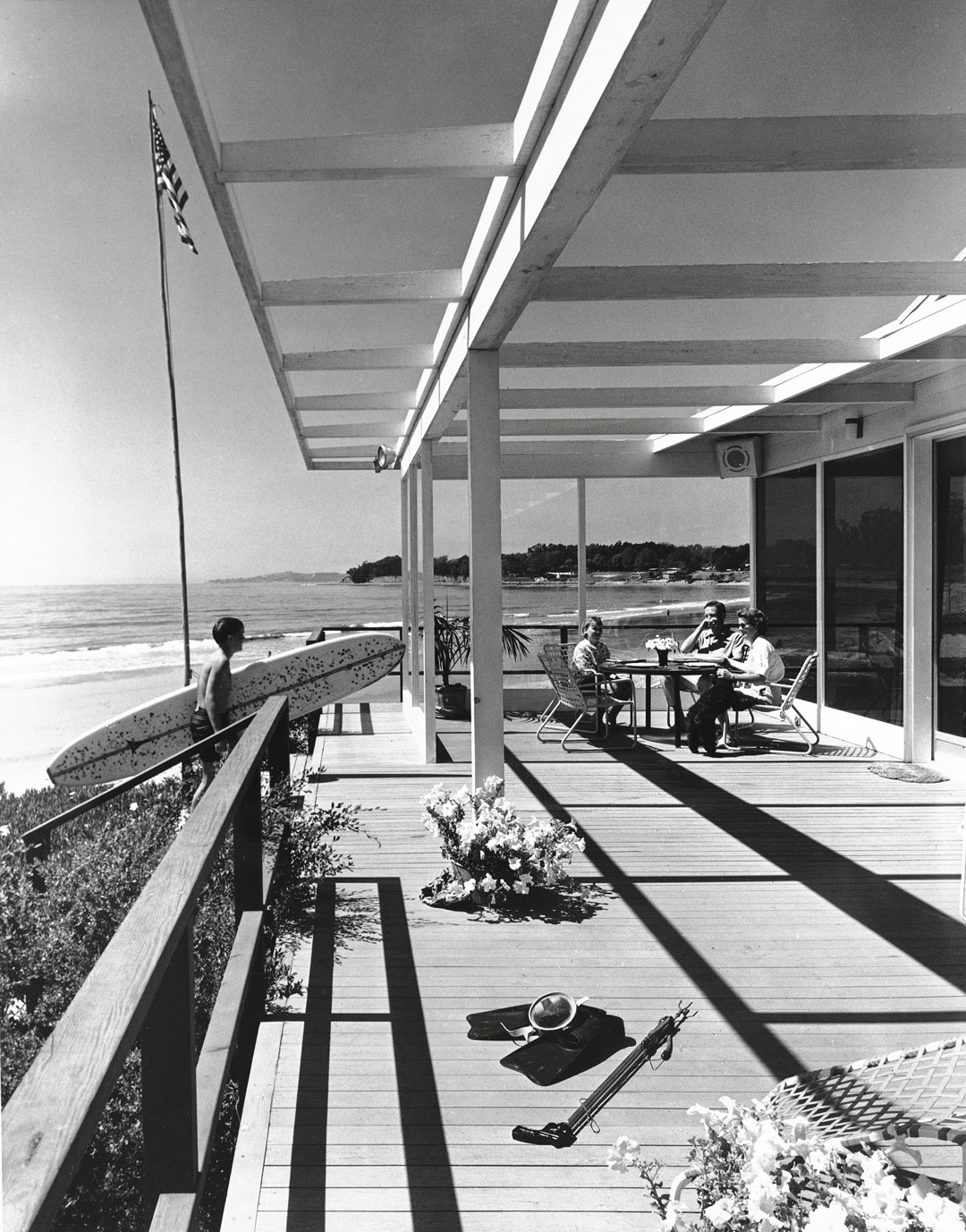
Peter Berkey III House, Carpinteria, California, by Lutah Maria Riggs This monad of mid-century, Californian seaside domesticity is the work of Lutah Maria Riggs, the first licensed female architect in Santa Barbara, and the first woman in California to be made a fellow of the American Institute of Architects. The Peter Berkey III House was named after its owner, a former Air Force pilot who relocated to the West Coast, in the hope that a beachside lifestyle, and regular swims in the sea, might slow the onset of multiple sclerosis. This particular photograph was taken by the brilliant LA architectural photographer Marvin Rand, and features in his book, California Captured.
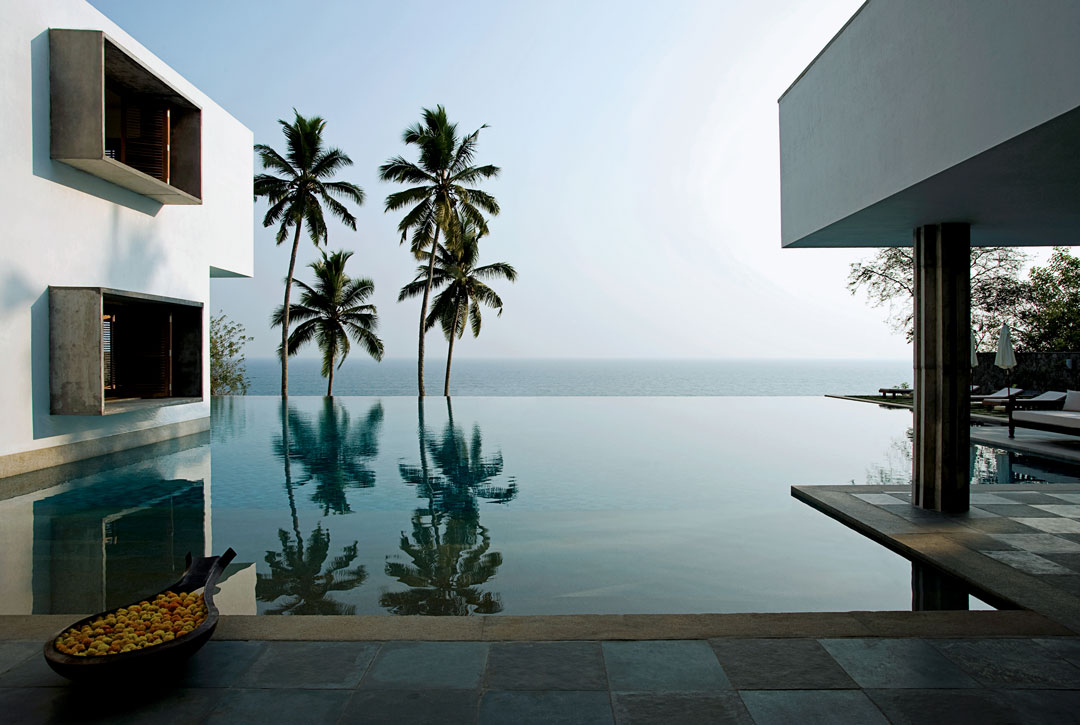
Cliff House, Kerala, India, by Khosla Associates This elevated beach house not only has great sea views, but also takes advantage of the seaside gusts to bring in a little natural ventilation. “Built to ensnare the warm breezes that flow in from across the sea, the house is defined by a long skewed concrete wall that supports a light canopy roof,” explains our book, Living on Water. “Slate, Kota stone, and timber paneling create a rich interior material palette, which offers balance to the home’s minimalist aesthetic. The pool, appearing to pour over the edge of the cliff, is designed to mirror and flex the building’s hard geometric angles.”
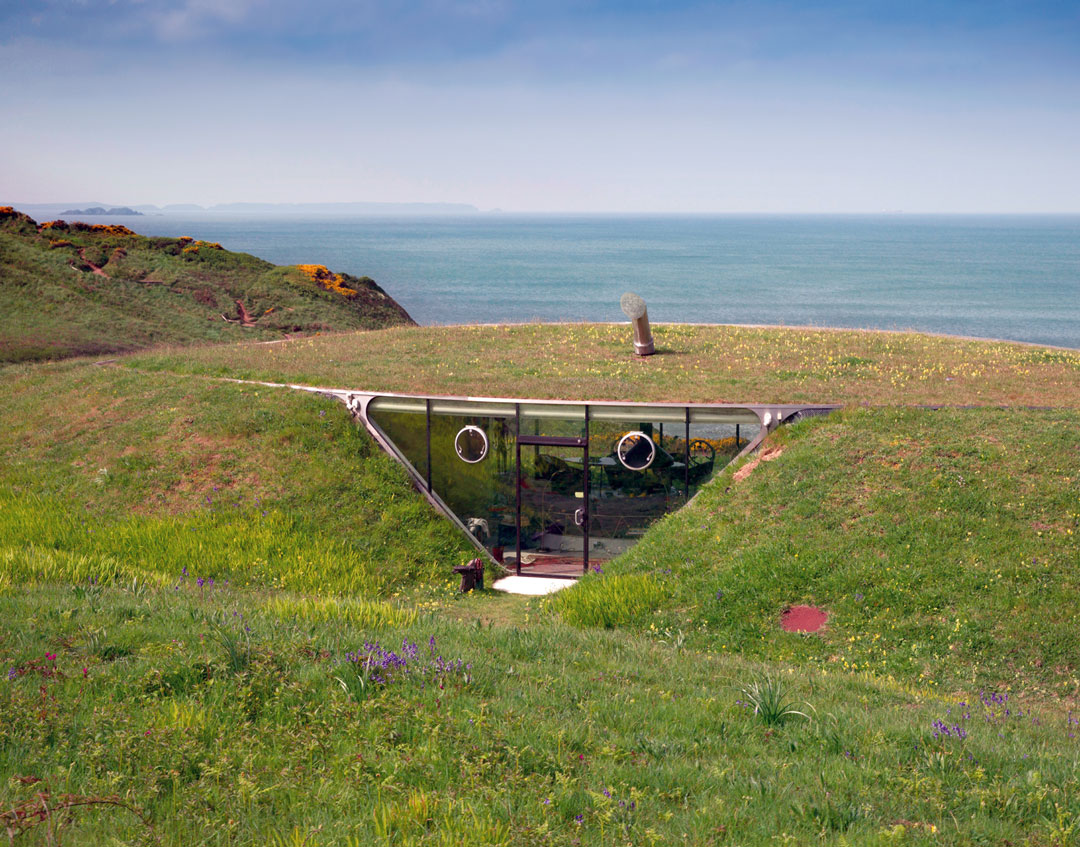
Malator St Brides Bay, Wales, UK, by Future Systems You might wander right past this house on a seaside ramble and barely notice it; but that’s sort of the point. “The Malator House is all but invisible; only the elliptical glazed façade orientated toward the sea gives away the fact of a human presence,” explains our book Houses. “The facade is like a lens, cut into the landscape above the cliffs on the Welsh coastline, trained on the magnificent view west.”
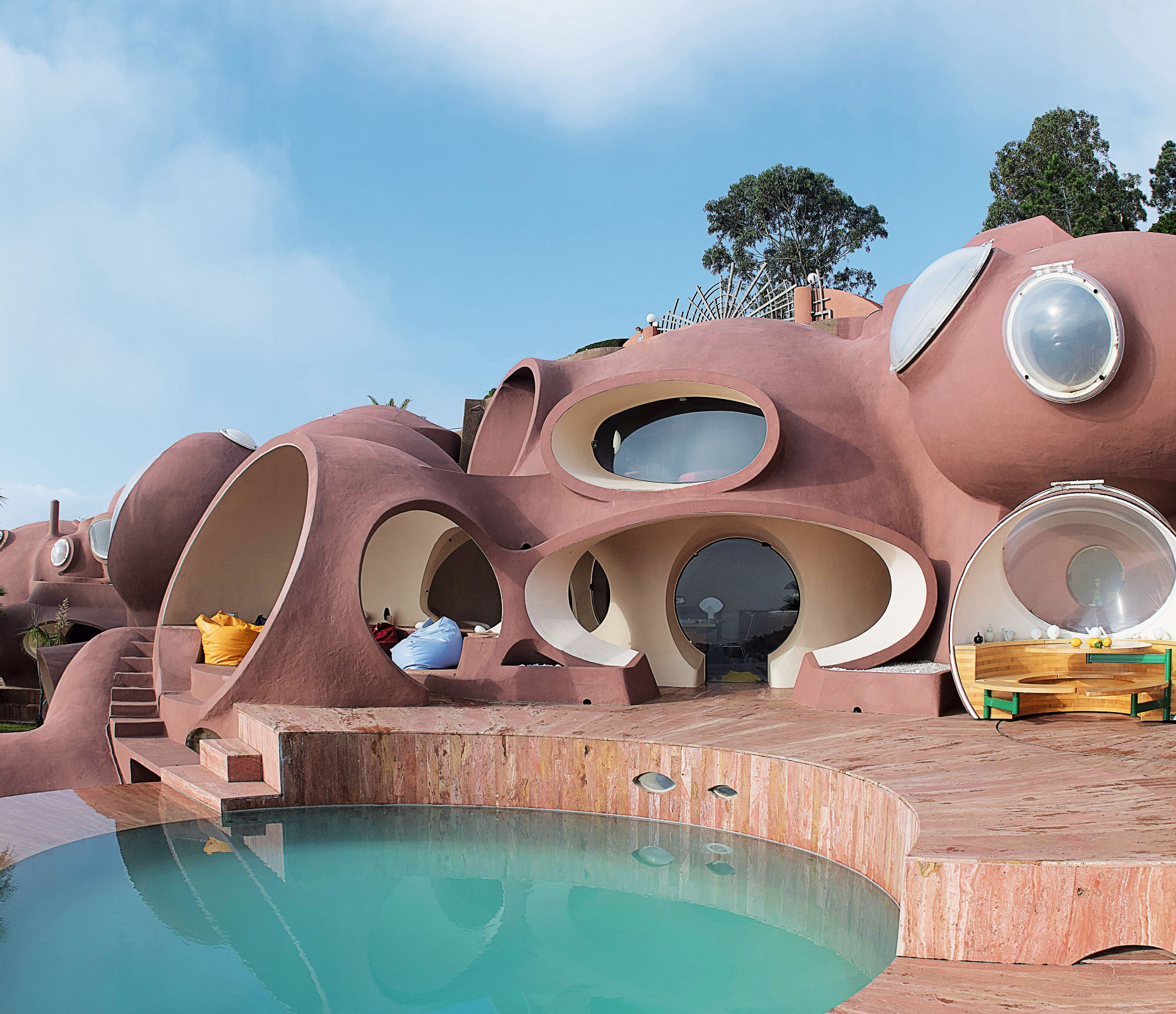
Bubble Palace, Théoule-sur-Mer, France, by Antti Lovag This mid-century beach house ne-plus-ultra in the French Riviera might look decidedly artificial, but it was actually designed to fit in quite naturally with the human body. “Designed in 1975, it is an example of the Hungarian architect Antti Lovag’s philosophy of 'habitology' — a vague concept that included banning right angles and straight lines,” explains our book Houses. “Circles and curves, he thought, were closer to nature and closer, therefore, to the human body.”

Keen to see more unreal seaside real estate but can't get time off? Order a copy of Houses here; take a look at California Captured here; and for more on living on water get Living on Water.